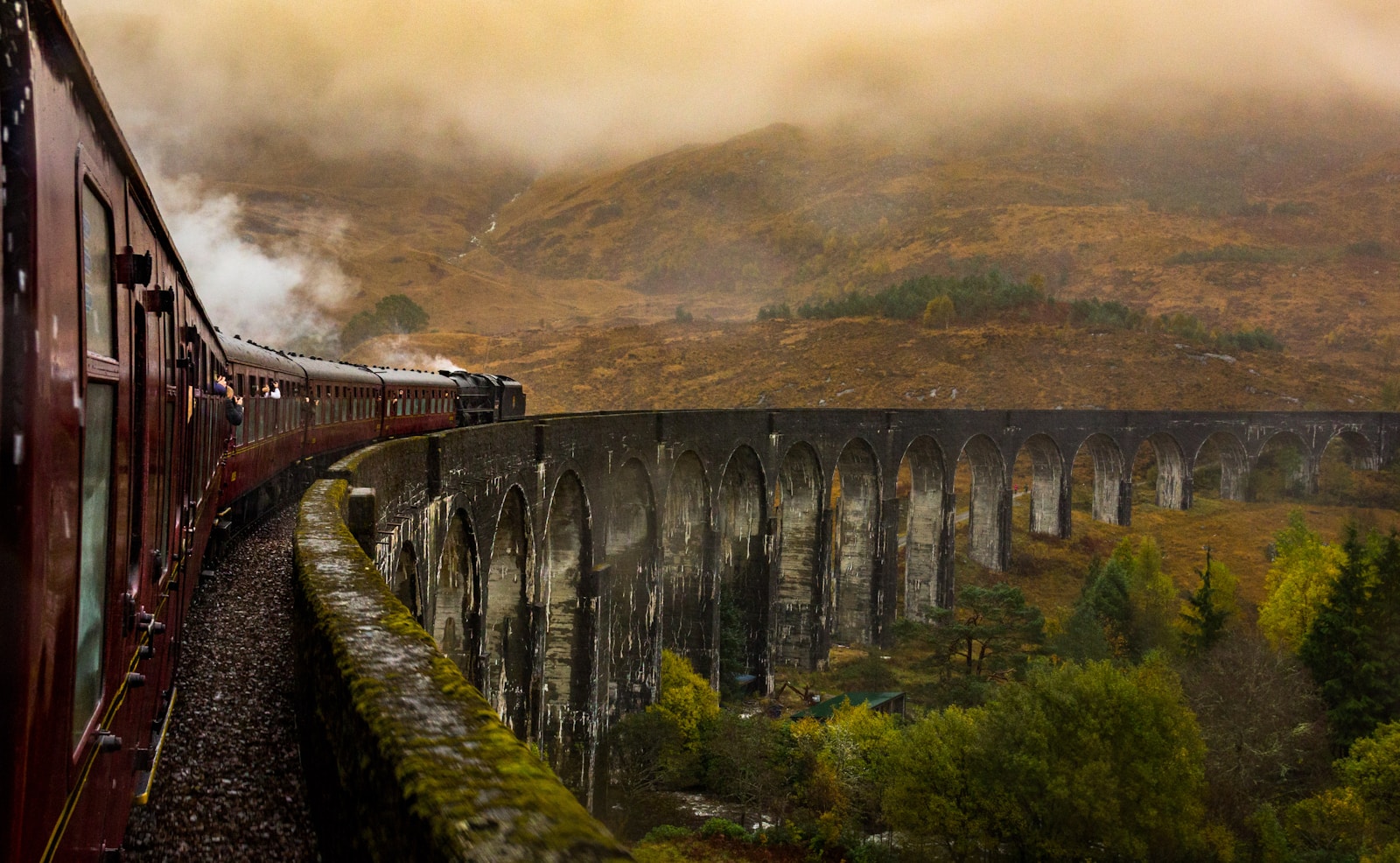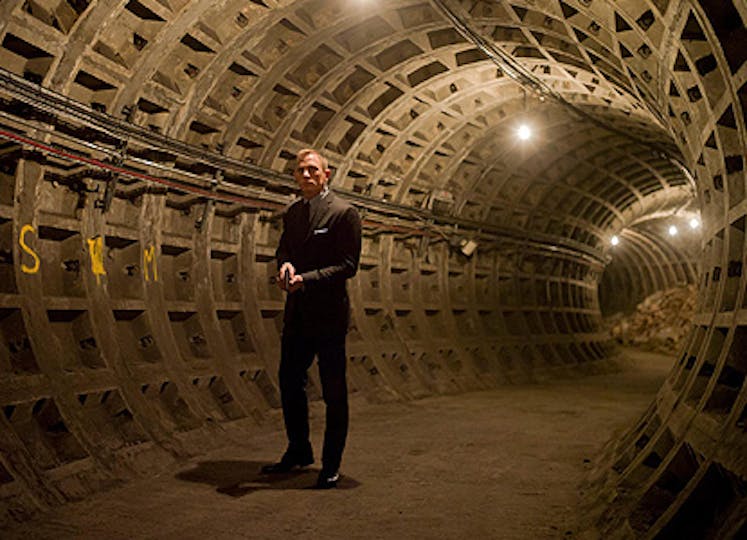
Introduction
Movies have a magical way of transforming places, turning ordinary locations into iconic backdrops that capture the imagination of audiences everywhere. From bustling city streets to quaint countryside villages, film locations often become tourist hotspots after finding fame on the big screen. In the UK, a treasure trove of stunning landscapes and historic sites has featured in some of the most beloved films, creating a lasting impact on both the locations and their communities. Let’s explore some of these British film locations that underwent significant transformations after gracing our screens.
The Enchanting Cotswolds: A Harry Potter Legacy
The picturesque Cotswolds have always been a charming destination for those seeking English countryside beauty, but the magical world of Harry Potter thrust the area into the limelight. The charming village of Glencoe, along with several other locations, became synonymous with the wizarding world. Fans flock to the Cotswolds to visit iconic sites such as Alnwick Castle, which served as Hogwarts in the first two films.
After the movies, the Cotswolds saw a surge in tourism. Local businesses flourished as visitors sought to immerse themselves in the magic of the series. Guided tours, themed merchandise, and Harry Potter-themed events popped up, transforming these quiet villages into vibrant spots buzzing with activity. The allure of the wizarding world brought economic growth and cultural rejuvenation, making it a prime example of how film can breathe new life into a location.
The Iconic London: A Cinematic Playground
London has long been a favorite backdrop for filmmakers, but it reached new heights of cinematic fame with blockbusters like Notting Hill, James Bond, and Sherlock Holmes. The charming streets of Notting Hill, for instance, transformed from a quiet neighborhood into an international travel destination after the release of the romantic comedy starring Hugh Grant and Julia Roberts. Tourists now flock to the famous blue door of 280 Westbourne Park Road, eager to capture their own version of the scene.
Moreover, the impact on local businesses cannot be overstated. Bookshops, cafés, and boutiques have capitalized on their newfound fame, offering visitors an immersive experience of the film. The Portobello Road Market, which played a prominent role in the film, has transformed into a bustling hub of activity, with vendors targeting tourists eager to experience the magic of Notting Hill firsthand.
The Lake District: A Natural Wonderland
The stunning landscapes of the Lake District have captivated hearts for centuries, but the filming of The Lake District bolstered its reputation as a cinematic wonderland. This area has been the backdrop for numerous films, including Miss Potter, which depicted the life of beloved author Beatrix Potter. The film brought attention to the natural beauty of the region, showcasing its lush greenery and tranquil lakes.
Following the film’s release, there was a marked increase in visitors keen to explore the landscapes that inspired Potter’s stories. Local businesses have embraced this influx, offering guided tours and workshops that celebrate the region’s literary heritage. From pottery classes to nature walks, the Lake District has transformed into an epicenter of creativity and outdoor adventure, all thanks to its starring role in the film industry.
Edinburgh: A Stage for the Supernatural
The enchanting city of Edinburgh has long been a source of inspiration for writers and filmmakers alike. The recent surge in popularity of adaptations of Outlander saw the Scottish capital transform significantly as fans descended upon the city. The iconic scenes set against Edinburgh’s historic backdrop showcased its cobbled streets, medieval structures, and dramatic landscapes.
The impact of Outlander has been immense. The city has embraced its cinematic identity, with themed tours guiding enthusiasts through the various filming locations. Local businesses have jumped on the bandwagon, offering everything from tartan souvenirs to whiskey tastings inspired by the show. The transformation of Edinburgh into a hotspot for Outlander fans has created a unique blend of history, culture, and modern fandom that continues to thrive.
The Coastal Charm of Cornwall
Cornwall is known for its breathtaking coastlines and quaint villages, but it saw a surge in visitors thanks to the beloved series Poldark. The stunning landscapes of Cornwall served as the backdrop for the show, drawing in fans eager to explore the rugged cliffs and picturesque beaches featured on screen. Locations like the stunning Porthcurno Beach and the iconic Minack Theatre became synonymous with the series’ visual allure.
As a result of the show’s popularity, Cornwall has experienced a renaissance in tourism. Local businesses benefitted from increased footfall, with shops and restaurants adapting to cater to the influx of visitors. The region has also seen an increase in guided tours highlighting the landscapes from Poldark, showcasing the impact of film on the local economy and community.
The Historic Charm of Bath
Bath, with its stunning Georgian architecture and Roman baths, has always been a popular destination. However, the adaptation of Jane Austen’s works, particularly Pride and Prejudice, has put the city on the map for literary fans and film lovers alike. The beautiful streets and historic buildings became a character in their own right, echoing the elegance and grace of the Regency era.
After the film’s release, Bath saw a marked increase in visitors, many of whom were eager to experience the charm that Austen’s characters inhabited. The city capitalized on this newfound fame by hosting themed events, literary festivals, and walking tours that celebrate Austen’s legacy. Bath has transformed into a haven for fans of period dramas, breathing new life into its historical charm.
The Highlands of Scotland: A Backdrop for Adventure
The Scottish Highlands are known for their dramatic landscapes and rugged beauty, but their transformation into a cinematic playground came with the release of films like Skyfall and The Da Vinci Code. The breathtaking scenery of locations such as Glen Etive and the Isle of Skye became instantly recognizable to audiences worldwide, showcasing Scotland’s natural splendor.
The popularity of these films sparked a tourism boom, with adventure seekers and film buffs flocking to the Highlands to explore the stunning landscapes themselves. Local businesses have thrived, offering everything from guided hikes to whiskey tasting tours, ensuring visitors can experience the magic of the Highlands beyond the silver screen. The transformation of these locations has turned them into tourism hotspots, fostering a deeper appreciation for Scotland’s natural beauty.
Conclusion
The impact of film on British locations is profound and multifaceted. From the enchanting villages of the Cotswolds to the historic charm of Bath, these places have undergone significant transformations following their cinematic fame. The influx of tourism has revitalized local economies, fostered community engagement, and transformed quiet towns into vibrant cultural hubs. Each location tells a unique story, shaped by its connection to the film industry, and continues to draw visitors eager to experience the magic that once graced their screens. As cinema evolves, these transformative stories will undoubtedly continue to unfold, ensuring that the impact of film on these iconic locations remains a vital part of their identities for years to come.

